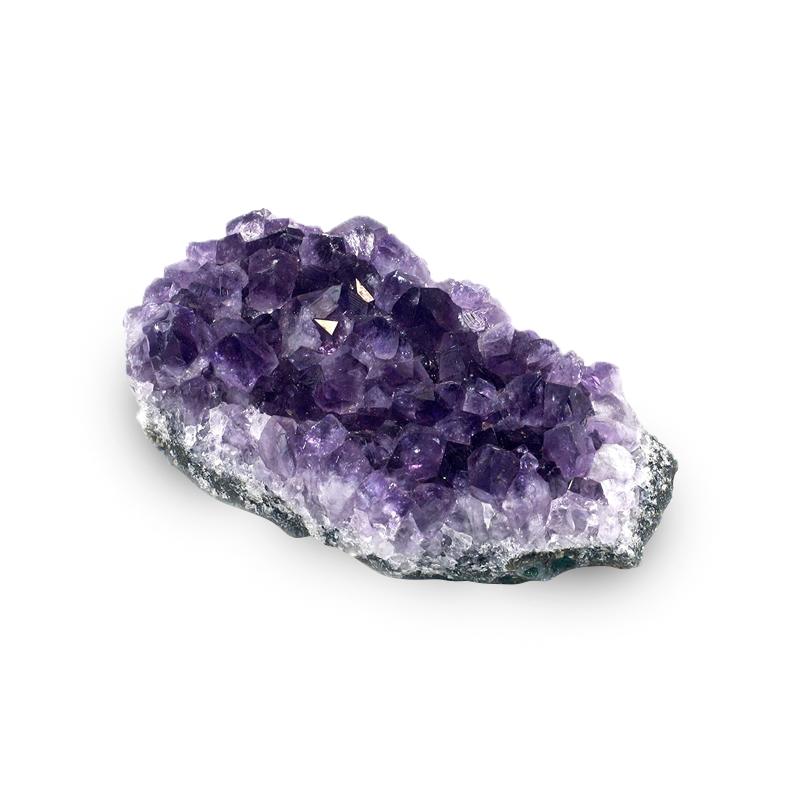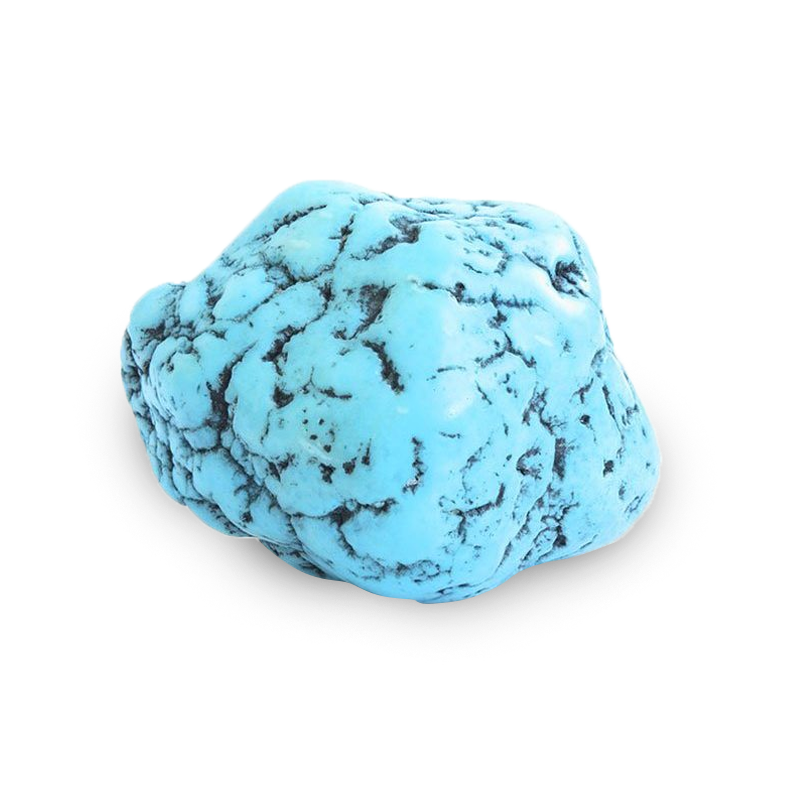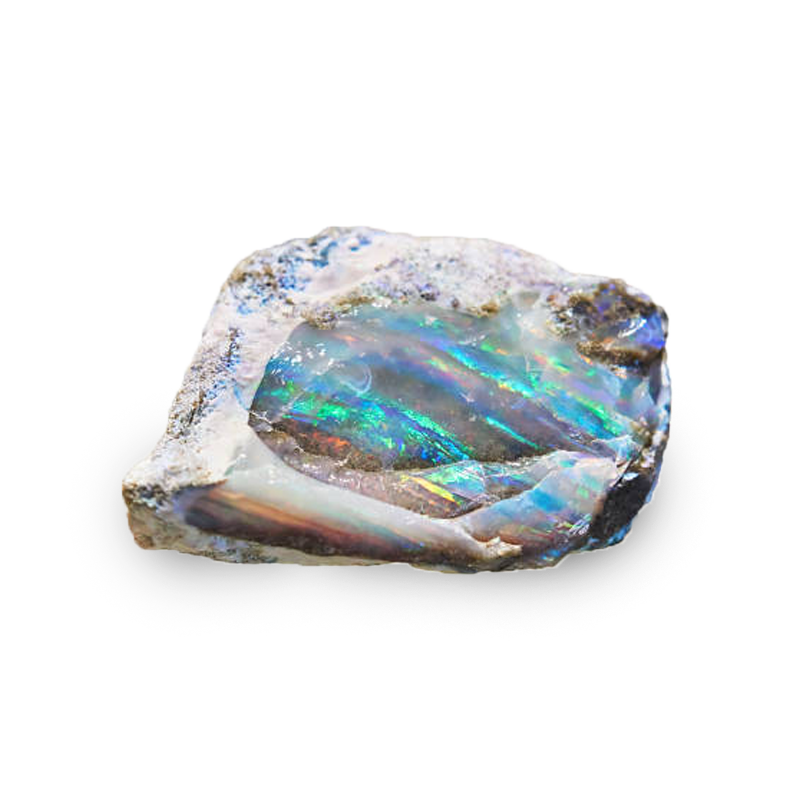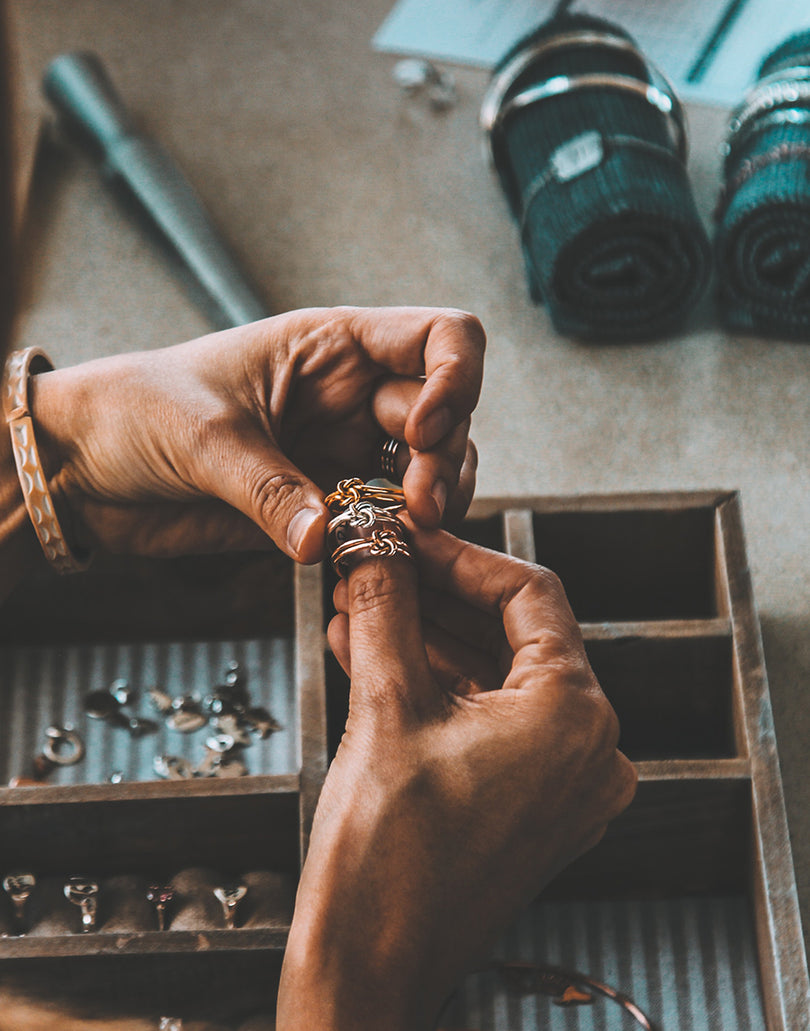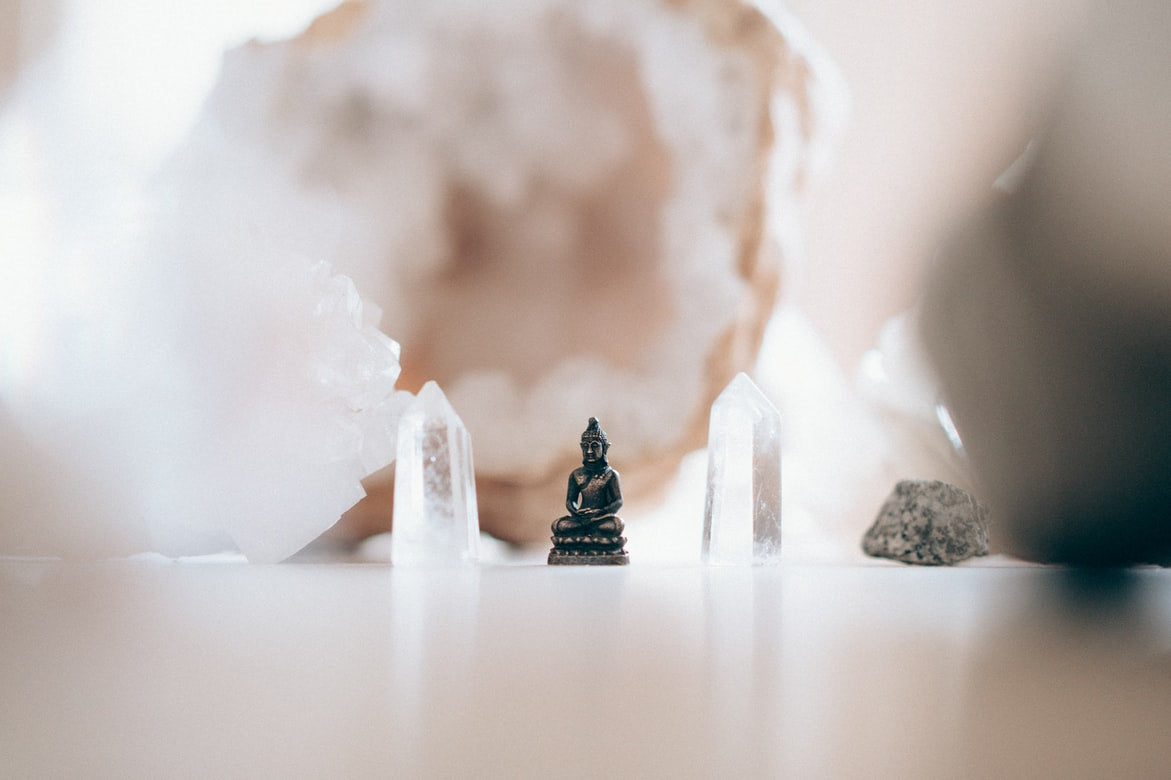
The use of crystals in humankind has ancient roots, with their first historical reference pointing to the Ancient Sumerians in the 4th Millennium BC, who used them in different magic formulae. Ancient Egyptians used emerald, quartz, and turquoise crystals in their jewelry, primarily for their protection as well as health.
Use of Different Crystals by Ancient Civilizations
Topaz, formerly known as chrysolite, was used to prevent the wearer from evil spirits and night terrors. Egyptians also used these different crystals for cosmetic purposes. Lead ore, or Galena, was ground to be used as kohl for eyes. Malachite had similar cosmetic uses.
What's more, these stones had significant importance in their culture. For example, green stones signified the heart of the dead person, and hence they were an important part of burials in Mexican civilizations.
Ancient Chinese back 5000 years ago used jade in the form of jade beads. They used to make a variety of different musical instruments from this stone. What’s more, emperors who fought in the war were often buried in armors made of jade. These people also believed that the stone had different kidney healing properties around 250 years ago. The Maoris hailing from New Zealand wore the pendants to represent their ancestral spirits.
Crystals in The Renaissance Era
In 1609, the German Physician Anselmus de Boot suggested the use of gems in driving “Good” and “Bad” angels. The good angels would be conferring a grace towards the gems. However, the bad angels would, in fact, tempt the people towards believing in the gemstone itself and not the God that created them. What's more, the physician to Rudolf II pointed out that there are certain gemstones that are considered as helpful as they have certain energies to drive in positivity.
It was further discussed in Faithful Lapidary, writing from Thomas Nicols, that crystals were not able to possess the past effects (Lapidaries were common texts found in the 17th century in the Early Modern European region). In the 19th century, people demonstrated the effects of crystals on different subjects. A result concluded that the subject under study was not only able to experience certain emotional and physical changes when in contact with different crystals but also got to feel different tastes and smells.
Modern Use of Crystals
Gemstones are still considered to hold meaning. Jet crystal was worn by many people undergoing mourning, and garnet crystal was worn in war. In southwest England, there is a popular tradition that the female descendant would wear a moonstone crystal necklace at her wedding, which is passed down in the family for generations to come. It is because the moonstone crystal is considered to be the fertility symbol.
What’s more, there are similar experiences and examples of crystals with similar meanings in different geographies and cultures, even when there has been no apparent crossover between the different groups whatsoever. For example, the Mayan, Aztec, and Chinese civilizations all believed in the kidney healing properties of jade crystal. Similarly, the turquoise crystal has been considered to be the symbol of health and strength across the globe. Vedic crystal healing practice that started in India ages ago is still in popular practice by a number of old and young people in the area. They believe it to be helpful for a number of mental and physical health benefits.
Final Word
As you can see, crystal healing and therapy continue to cross the borders of time, culture, and belief. Crystals are no longer seen to be a domain of alternative culture. Rather, crystals are now viewed as a vastly accepted way of offering complementary therapy,

